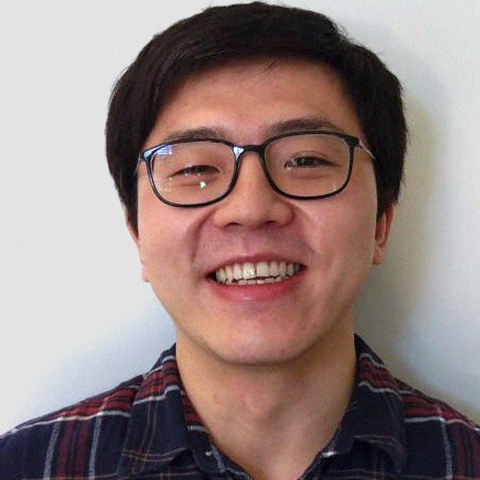About MONAI
Project MONAI is a collaborative initiative that brings together leading researchers, clinicians, and industry experts to advance medical imaging AI. Originally started by NVIDIA and King's College London, MONAI has grown into a vibrant community focused on developing and sharing best practices, tools, and frameworks for healthcare imaging across academia and enterprise.
Our mission is to accelerate the adoption of AI in healthcare imaging by providing robust, validated tools and fostering collaboration between researchers, clinicians, and industry partners. Building upon the foundations laid by toolkits like NVIDIA Clara Train, NiftyNet, DLTK, and DeepNeuro, MONAI Core has emerged as our flagship framework, embodying the community's collective expertise and innovation.
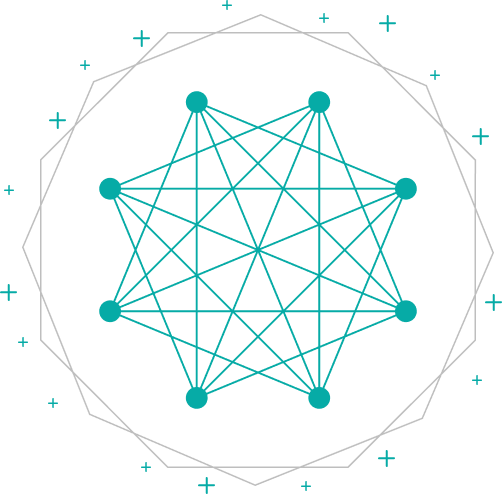
Advisory Board
The MONAI Advisory Board brings together distinguished leaders from academia, healthcare, and industry who guide our strategic direction and ensure alignment with the needs of the medical imaging community. Our board members contribute their diverse expertise to shape MONAI's development and impact in healthcare AI.
Board members play a crucial role in maintaining MONAI's technical excellence, clinical relevance, and ethical standards. They provide strategic oversight across various aspects including technical development, clinical validation, educational initiatives, and community engagement.
Through regular collaboration with working groups and the broader community, the Advisory Board ensures that MONAI continues to meet the evolving needs of researchers, clinicians, and industry partners while advancing the field of medical imaging AI.
Our Working Groups are driven at the Advisory Board level, with each working group lead serving as a member of the Advisory Board. These specialized teams focus on key areas including core development, deployment, education, benchmarking, federated learning, AI-human interaction, outreach, and clinical applications such as ophthalmology and ultrasound.
Advisory Board Members

Aaron Lee
Ophthalmology Working Group Chair

Annika Reinke
Benchmark Working Group Chair

Ben Murray
Thought Leader
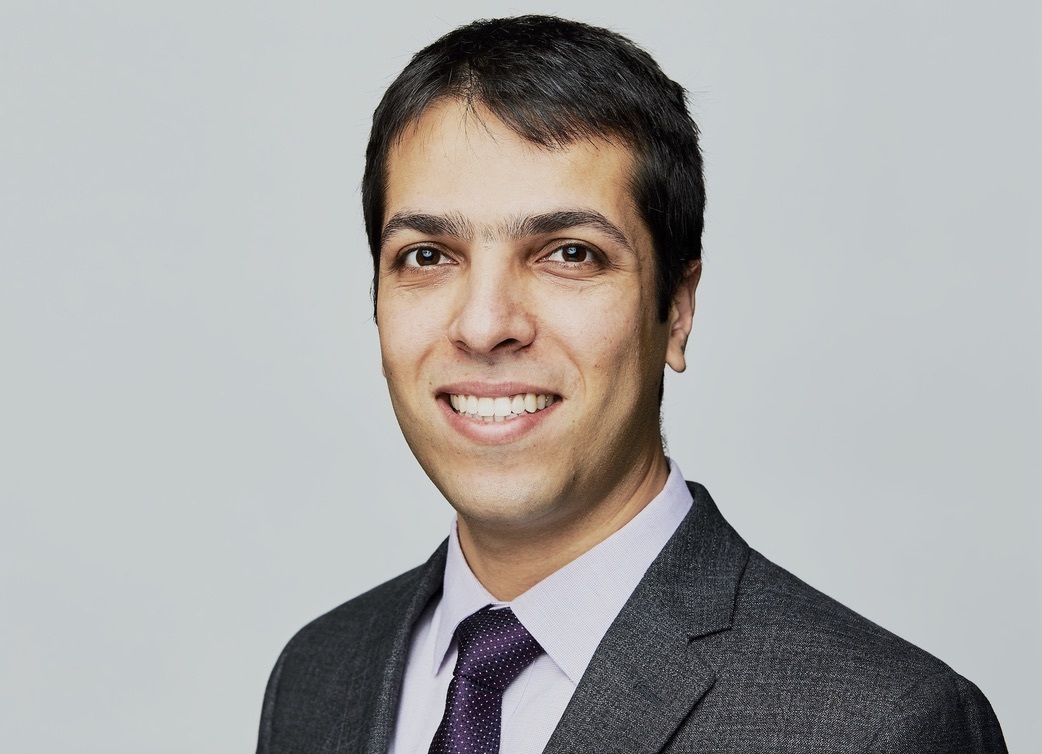
Bruce Hashemian
AI-Human Interaction Chair & Thought Leader

Carole Sudre
Benchmark Working Group Chair

David Bericat
Deploy Working Group Chair

Eric Kerfoot
Core Developers & Education Chair

Haris Shuaib
Deploy Working Group Chair

Holger Roth
Federated Learning Chair
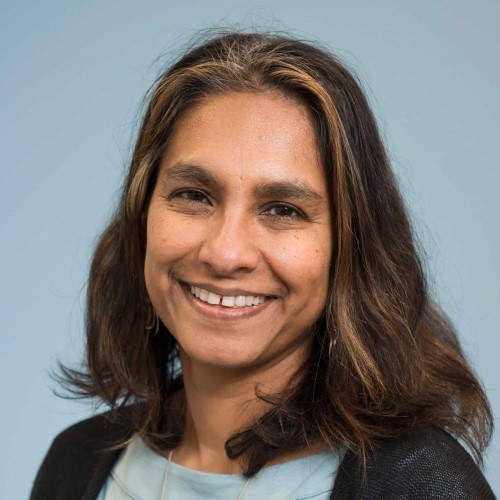
Jayashree Kalpathy-Cramer
Ophthalmology Working Group Chair
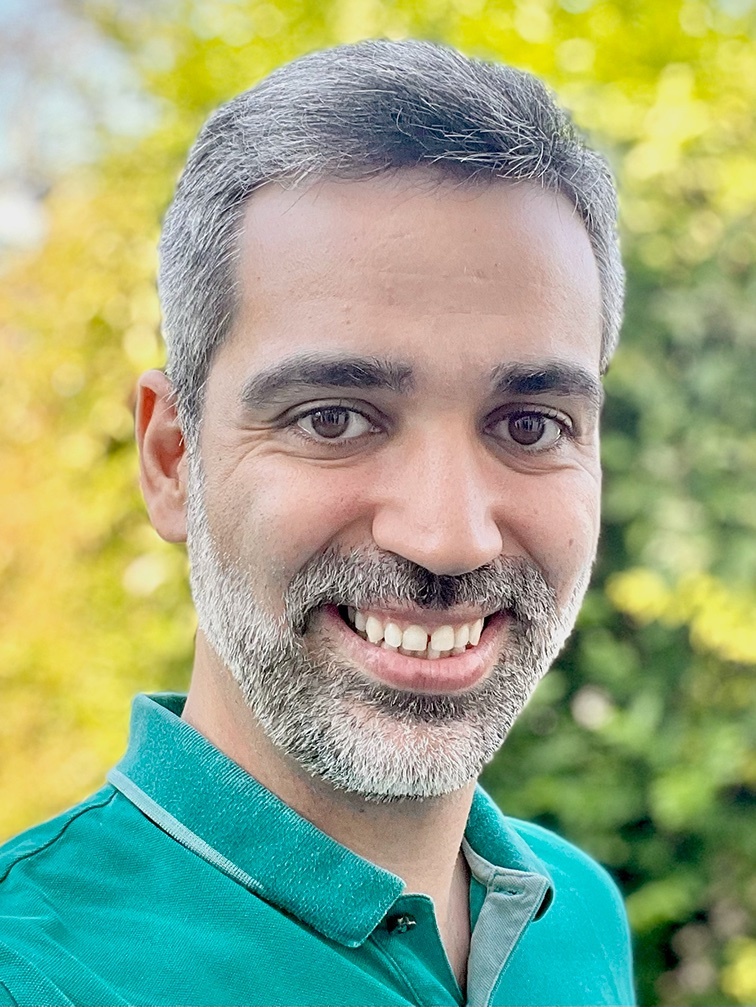
Jorge Cardoso
Arbitration Board Chair & Thought Leader
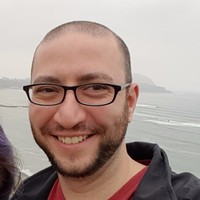
Justin Kirby
Thought Leader
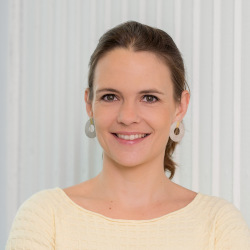
Lena Maier-Hein
Thought Leader
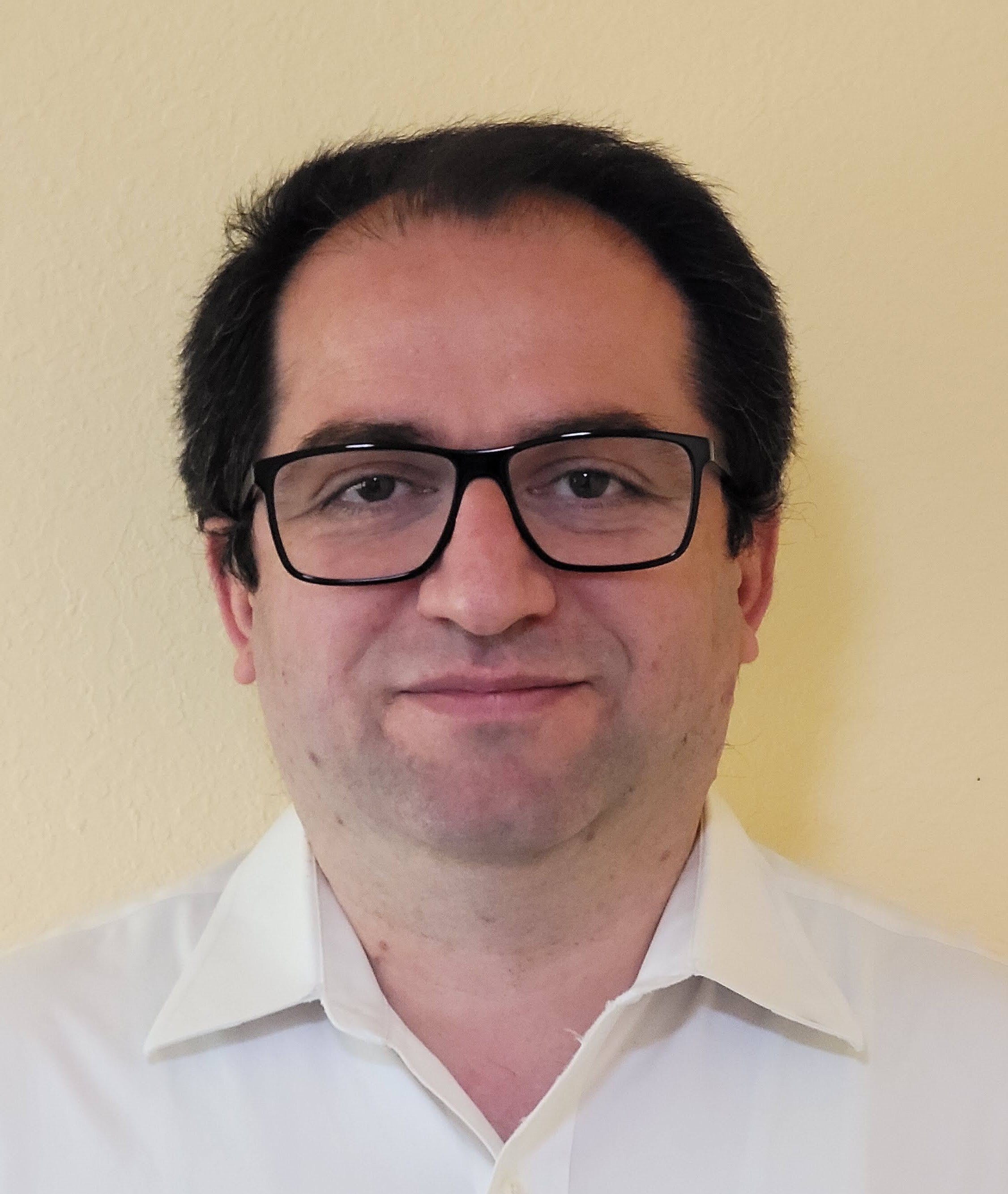
Mahdi Azizian
Arbitration Board Chair & Thought Leader
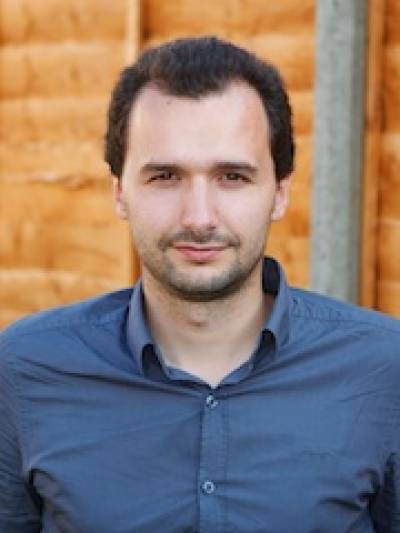
Marc Modat
Education Working Group Chair
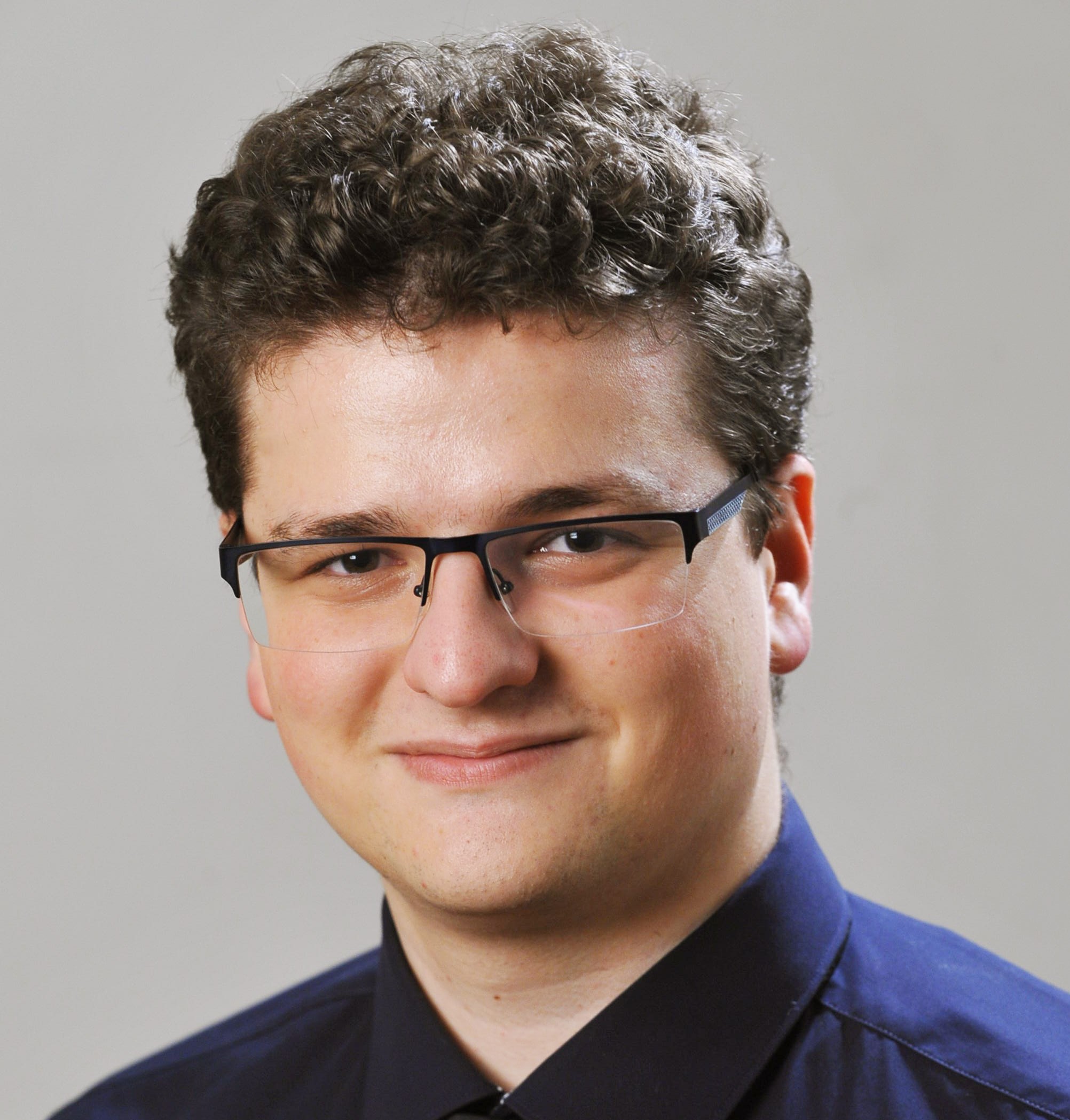
Michael Baumgartner
Thought Leader

Michael Zephyr
Outreach Working Group Chair

Nic Ma
Core Developers Chair
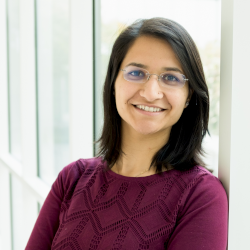
Prerna Dogra
Thought Leader

Ralf Floca
AI-Human Interaction Chair & Arbitration Board
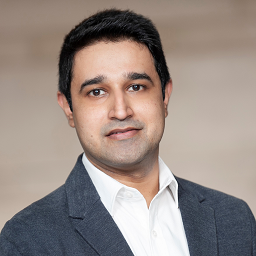
Saad Nadeem
AI-Human Interaction Chair
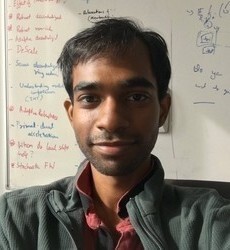
Sai Praneeth Karmireddy
Federated Learning Chair

Sebastien Ourselin
Thought Leader
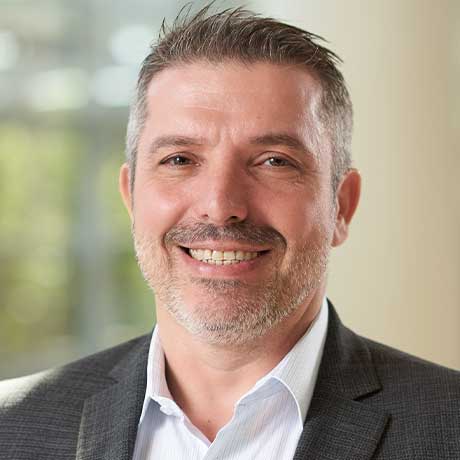
Barbaros Selnur Erdal
Deploy Working Group Chair

Stephen Aylward
Chair of the Advisory Board

Yun Liu
Core Developers Chair
Emeritus Founding Members

Daniel Rubin

Keyvan Farahani

Klaus Maier-Hein
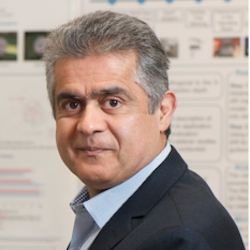
Nasir Navab

Nasir Rajpoot
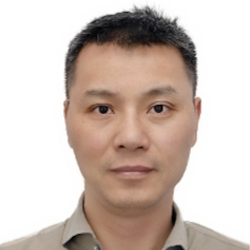
S. Kevin Zhou

Andy Feng
